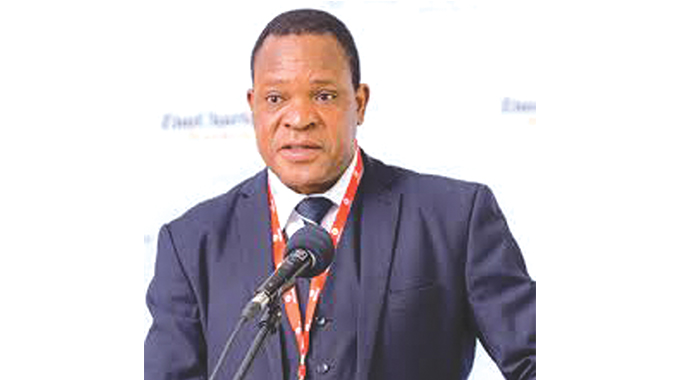Hydropower at every new dam

Nqobile Tshili, Chronicle Reporter
GOVERNMENT will construct hydro-electric power stations at every new major dam to boost power production in the country that will also address outages affecting the agricultural sector, a cabinet minister has said.
Three major dams are being constructed in the Matabeleland region namely, Lake Gwayi-Shangani with a 650 million cubic metres holding capacity, the 90 million cubic metre Ziminya Dam in Nkayi and the 53 million cubic metre Tuli-Manyange Dam in Matabeleland South.
Work has already started in setting up an electricity generating plant at Lake Gwayi-Shangani.
In an interview following his tour of the Bubi-Lupane Irrigation Scheme last Friday, Lands, Agriculture, Water, Fisheries and Rural Development Minister Dr Anxious Masuka said in line with his ministry’s strategy, all dams will have power generation plants.
“Every dam we are constructing will have associated electricity generation and had we consummated this strategy earlier, we would be generating electricity here to power this project.
These are the interventions we are putting in place,” he said.
“The electricity challenge is not unique to Bubi-Lupane (Irrigation Scheme), it is a national one and it is indicative of a growing economy.
Because the economy is growing faster than what we actually thought to the extent that we have sat as an agriculture sector to project our energy demand to 2030 together with mining and manufacturing and we will present that to the Ministry of Energy and Power Development.”
Government already has plans to become an exporter of electricity by next year, with both parastatals and independent producers expected to contribute to this strategy.
He said in the Bubi-Lupane Irrigation Scheme managed by the Agricultural and Rural Development Agency (Arda), the country had found a strategy that will help uplift rural communities.
He said Arda will be expanding the hectarage under irrigation following a successful winter wheat crop which will alternate with maize farming.
“We are at 180 hectares (ha) and we want to get to 600ha irrigable and we are opening up 200ha and I’m expecting that we can get 60ha ready for winter so that we can expand that production.
Certainly, we are on course to ensure that Bubi-Lupane Irrigation Scheme will be one of the biggest and most successful in Matabeleland North.
What is important is that we have found successful ingredients for a good rotation that is viable and enables these communities to participate meaningfully to development,” he said.
“In summer we will be doing maize and in winter we will be doing winter wheat and can adjust on the varieties to maximise on the yield.
We can improve the agronomy side in order to get the best out of the environment.”
Dr Masuka said the success of the irrigation scheme has already changed fortunes of 99 villagers that are part of the scheme.
He said agriculture makes Vision 2030 a reality, as rural communities are starting to profit from participating in the farming ventures.
Following the winter wheat harvest, communities received a payout of $250 000 and most of them said they will be abandoning mud and thatch huts to modern brick and mortar structures.
“You can see the excitement among the project participants.
The 99 households have been paid their first dividend of $250 000 each in addition to being paid every month that they worked here.
This is the concept we came up with as the Vision 2030 accelerator launched by the President,” he said.
“This is proof of principle that development takes place where you are and that opportunities lie underneath our feet on the land and that land is an economic enabler and agriculture is a catalyst for that.
And clearly rural development must be anchored on successful agricultural production.”
He said the expansion of the Bubi-Lupane Irrigation Scheme would result in Government creating downstream industries that will also help transform lives of local communities.
“The next stage here is that we need economies of scale, which is why we are opening a further 200ha and once this has happened, it will spawn opportunities for rural industrialisation.
We will now do value addition, beneficiation of the production here, which will enhance incomes, improve livelihoods and ensure these villagers’ lives are transformed.
Each has a bank account, each has received a dividend and already they are constructing their own homes as opposed to relying on their children.
They are already on their way to Vision 2030,” he said.
Arda chief executive officer Mr Tinotenda Mhiko said the expansion of the irrigation scheme means more employment for locals.
“We are projecting a very good yield with the maize crop and from this we are very confident Bubi-Lupane agricultural production is going to cause rural industrialisation for this community.
The scheme is expanding to 600ha so what it effectively means is that we are going to need more labour and we are going to get more beneficiaries of the scheme,” said Mr Mhiko.
“The first priority is to recruit the beneficiaries because they are also gainfully employed and getting salaries from the work they do during the course of the season and paid dividends at the end of the season. So definitely, we are going to employ more people.” – @nqotshili.









Comments